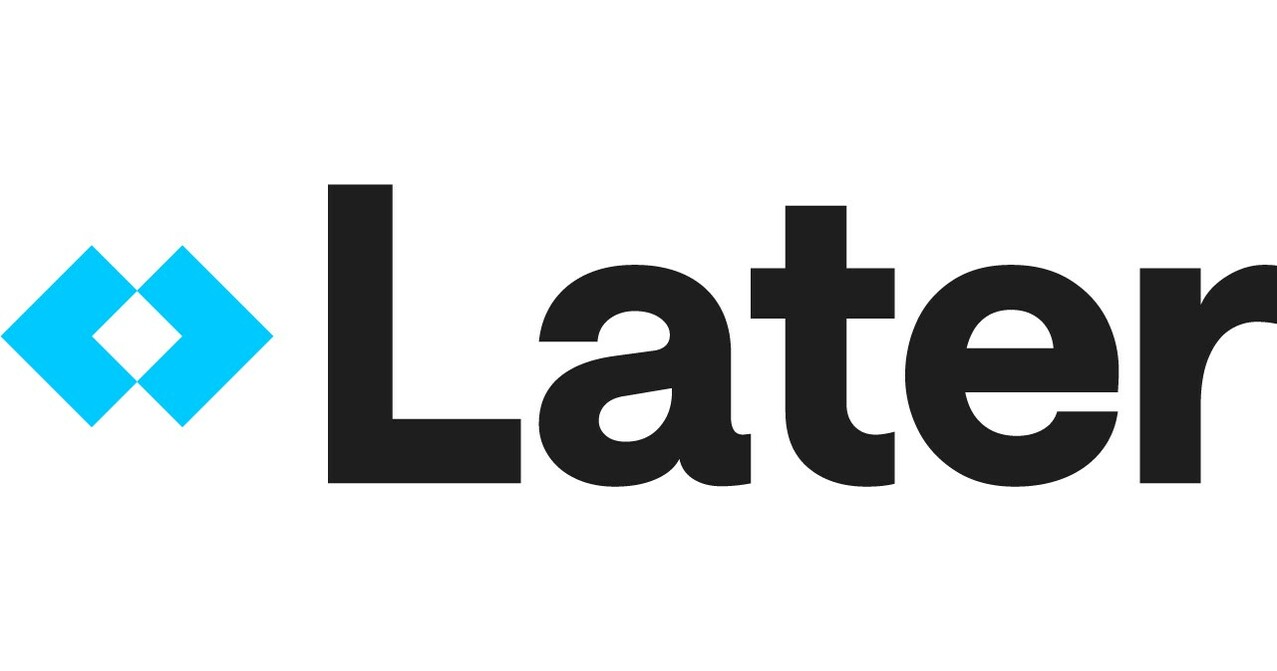Alternatives to Buffer
1. Hootsuite
+Pros
- Multi-platform consolidation eliminates platform-switching friction while enabling coordinated campaign management
- Enterprise-grade analytics integration with Adobe Analytics supports sophisticated attribution tracking
- Proven scalability demonstrated by Amway's 200+ account deployment with 96% user retention
- BlueSilk™ AI social listening provides real-time conversation analysis across 100+ platforms
- Operational efficiency with 10+ weekly hours reclaimed for high-volume Pinterest operations
-Cons
- AI content quality issues with documented 0 visitors versus 26 for manual efforts
- Significant pricing increases (40% in 2025) creating adoption barriers for SMB retailers
- Lack of Pinterest Idea Pins support as of July 2025
- AI campaigns increase ad spend by 15-20% during training phases
- Complex technical requirements including 1200px images and RGB color profiling
One highlighted feature and why it's amazing
Hootsuite consolidates social media operations across Pinterest, Instagram, Facebook, and other channels through a unified dashboard.

Another highlighted feature of why it’s amazing
The AI system generates Pinterest content ideas and captions with claimed 80% reduction in content creation time. However, performance testing reveals quality concerns, with AI posts achieving 0 visitors versus 26 for manual efforts.
2. Later Social Commerce
+Pros
- AI-assisted content creation provides valuable starting points for brand-aligned captions.
- Commerce-specific Instagram focus addresses the critical gap where 130 million monthly product tag taps create conversion opportunities for retailers.
- Cross-platform scheduling capabilities supporting up to 9 social accounts provide broader coverage than some competitors.
-Cons
- Manual catalog management requirements create ongoing maintenance overhead.
- Platform cannot auto-publish Reels over 90 seconds, forcing manual uploads that disrupt automated workflows.
- Limited analytics capabilities and platform coverage gaps in Facebook and YouTube.
One highlighted feature and why it's amazing
Forms Later's core capability, analyzing historical engagement patterns to generate brand-aligned captions and content suggestions.

Another highlighted feature of why it’s amazing
Enables direct product tagging across Instagram and TikTok, supporting shoppable content creation that connects social engagement to commerce conversion.
3. Ocoya
+Pros
- Specialized ecommerce platform integration with Shopify and WooCommerce that provides automated product promotional capabilities exceeding general social media tools.
- 26-language AI content generation enables global market reach with culturally appropriate messaging, surpassing many competitors' multilingual capabilities.
-Cons
- AI content quality issues requiring significant human editing to maintain brand voice consistency.
- Ecommerce specialization limits broader social media management functionality compared to established alternatives.
One highlighted feature and why it's amazing
Core product features center on AI-powered content creation through the "Travis" assistant, which generates marketing copy, automates hashtag selection, and creates ecommerce-specific posts that pull product information directly from connected store catalogs.

Another highlighted feature of why it’s amazing
AI/Automation capabilities include automated copywriting in 26 languages, intelligent hashtag generation, and ecommerce-specific content creation that synchronizes with Shopify and WooCommerce platforms.
Other Alternatives
Pinterest Business AI Collages
Planoly
Sprout Social
Tailwind
How We Researched This Guide
About This Guide: This comprehensive analysis is based on extensive competitive intelligence and real-world implementation data from leading AI vendors. StayModern updates this guide quarterly to reflect market developments and vendor performance changes.
204+ verified sources per analysis including official documentation, customer reviews, analyst reports, and industry publications.
- • Vendor documentation & whitepapers
- • Customer testimonials & case studies
- • Third-party analyst assessments
- • Industry benchmarking reports
Standardized assessment framework across 8 key dimensions for objective comparison.
- • Technology capabilities & architecture
- • Market position & customer evidence
- • Implementation experience & support
- • Pricing value & competitive position
Research is refreshed every 90 days to capture market changes and new vendor capabilities.
- • New product releases & features
- • Market positioning changes
- • Customer feedback integration
- • Competitive landscape shifts
Every claim is source-linked with direct citations to original materials for verification.
- • Clickable citation links
- • Original source attribution
- • Date stamps for currency
- • Quality score validation
Analysis follows systematic research protocols with consistent evaluation frameworks.
- • Standardized assessment criteria
- • Multi-source verification process
- • Consistent evaluation methodology
- • Quality assurance protocols
Buyer-focused analysis with transparent methodology and factual accuracy commitment.
- • Objective comparative analysis
- • Transparent research methodology
- • Factual accuracy commitment
- • Continuous quality improvement
Quality Commitment: If you find any inaccuracies in our analysis on this page, please contact us at research@staymodern.ai. We're committed to maintaining the highest standards of research integrity and will investigate and correct any issues promptly.